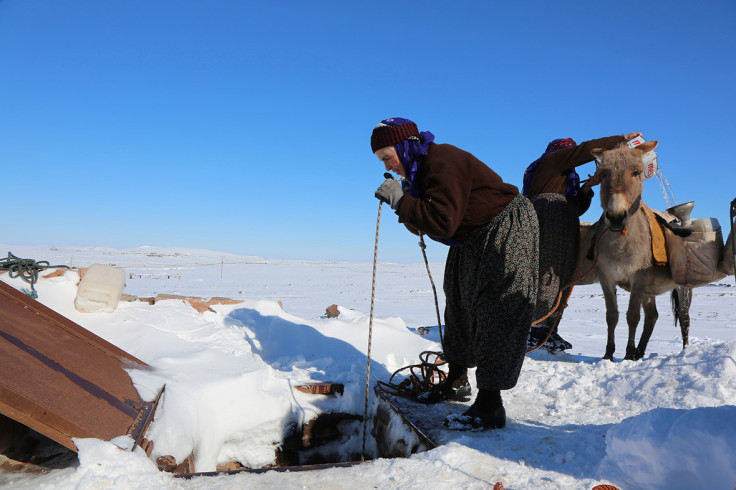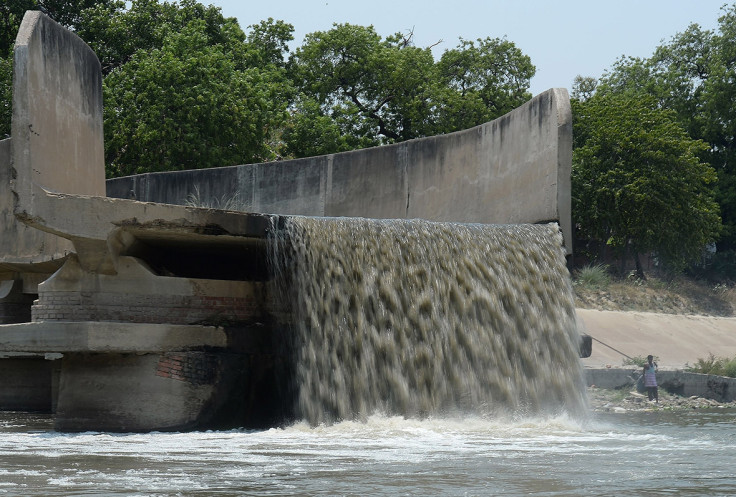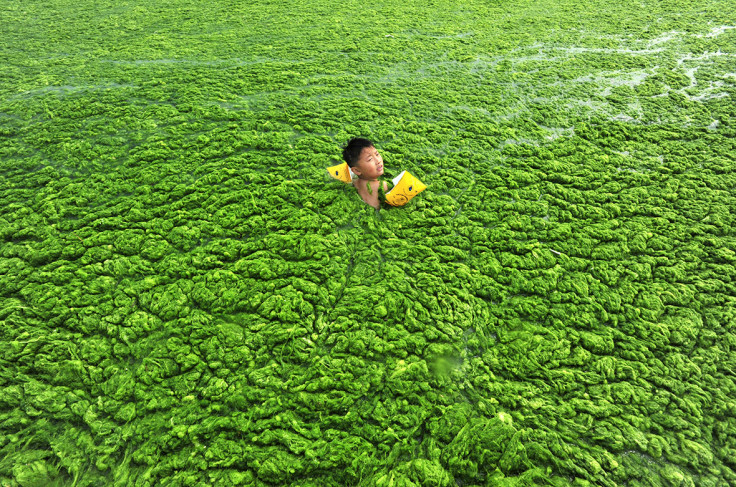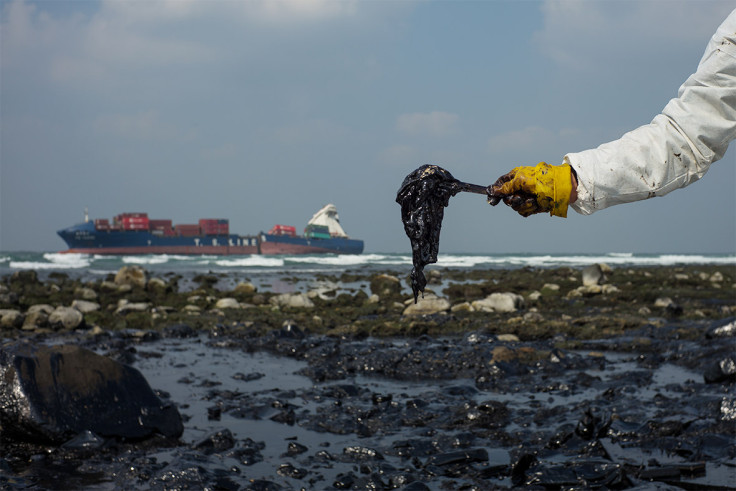World Water Day 2017: From sewage to pollution - here are the countries with the poorest water quality on Earth
Here are 10 of the countries with the worst problems with water quality in 2017.
About 1.8 billion people in the world do not have access to safe drinking water, and instead rely on water contaminated with sewage, according to the UN. Safe drinking water means water free from sewage, pollution and other hazardous chemicals. Drinking unsafe water puts you at greater risk of diseases such as cholera, dysentery, typhoid and polio.
As well as unsafe sanitation leaking into water supplies, in many countries loose regulations on waste management mean that rivers have very high levels of industrial pollution, which make the water unfit to drink or even to be used to irrigate farmland.
Here are 10 countries with some of the biggest problems with water quality in the world.
10. Afghanistan
Much of Afghanistan's infrastructure for clean water has been destroyed by decades of conflict. About 46% of the population of Afghanistan have access to clean water free from contamination from sewage, according to the World Health Organisation and Unicef.
Only 1 in 10 people in Afghanistan's capital Kabul have access to the central drinking water supply system, according to German government international development agency GIZ.
9. Indonesia
Indonesia has some of the worst quality water in south east Asia, with only about 32% of the population having access to clean, uncontaminated drinking water, according to the WHO and Unicef.
About 33 million people lack access to safe water and 100 million lack access to improved sanitation, according to Water.org.

8. Ethiopia
About 42 million people in Ethiopia don't have access to clean water and more than 71 million don't have access to safe sanitation, according to Water Aid.
Women and children typically walk for 3 hours a day or more to collect water from wells in rural areas. Ongoing drought in the country, partly due to the El Niño effect, is leading to widespread hunger as well as even scarcer access to water.
7. Russia
While Russia has only about 4 million people without access to clean water – about 2.7% of its population – the country has several sites of intense pollution.
It's home to the world's most polluted lake – Lake Karachay – which was used as a nuclear dumping site for years under the Soviet Union, and to the most chemically polluted city in the world, Dzerzhinsk. This city is said to have one of the lowest life expectancies in the world, at about 45. The death rate in the city is 2.6 times greater than its birth rate, according to the BBC.

6. Haiti
About 45% of the population in Haiti does not have access to safe water, according to The Water Project. The situation in rural Haiti is worse.
A series of natural disasters in Haiti has destroyed infrastructure in the capital, Port-au-Prince, and elsewhere in the country. Recovery has been slow, and in the meantime a lack of safe sanitation has contributed to high levels of cholera.
5. China
China has gone from less than 70% of its population having access to safe water in 1990 to more than 95% in 2014. Despite this, it releases an enormous amount of water pollutants from industrial activity.
A recent government analysis found that more than 80% of the water from its wells was not safe to drink because of pollution levels, while about 60% of its groundwater overall was of poor or extremely poor quality.

4. Papua New Guinea
About 62% of the population of Papua New Guinea does not have access to clean water, according to the WHO and Unicef. The majority of the population lives in remote rural locations lacking safe water and sanitation.
Diarrhoea and other diseases transmitted through unsafe drinking water are common in the country. An estimated 450 children die from diarrhoea caused by drinking unsafe water each year, according to Water Aid.
3. Democratic Republic of Congo
About 50 million people in the Democratic Republic of Congo have no access to clean drinking water, according to the UN. About 69% of the rural population lacks access to clean water and 71% of the rural population lack safe sanitation, according to Charity Water.

2. Nigeria
More than 63 million people in Nigeria do not have access to clean drinking water, according to Water Aid. About 45,000 children under the age of five die from diarrhoea caused by drinking unsafe water every year.
The population of Nigeria is booming, and infrastructure and services are failing to keep up with the growth. Mismanagement of the public water system has compounded the problem, leading to warnings of a looming water crisis in the capital, Lagos.
1. India
Only 6% of India's population doesn't have access to clean drinking water, according to the WHO and Unicef, but in terms of sheer numbers, that is the most of any country in the world. About 75.8 million people in India do not have safe drinking water.
The Ganges, which flows through India and Bangladesh and is one of the most polluted rivers in the world, provides about 40% of India's population with water. It flows through more than 100 towns and cities.
As well as being the site for dumping sewage from these settlements, the river drains swathes of agricultural land that have been treated with pesticides and herbicides that can be damaging to human and animal health.

© Copyright IBTimes 2025. All rights reserved.






















